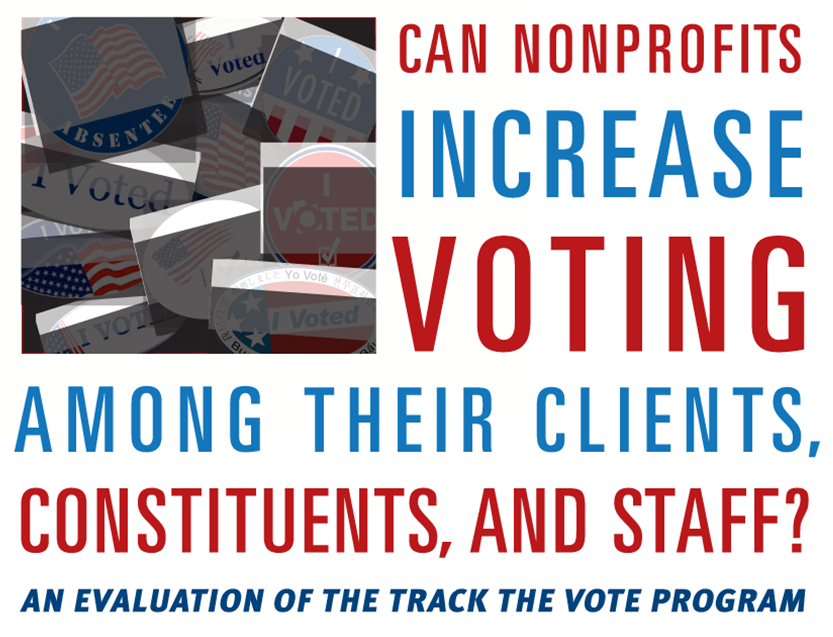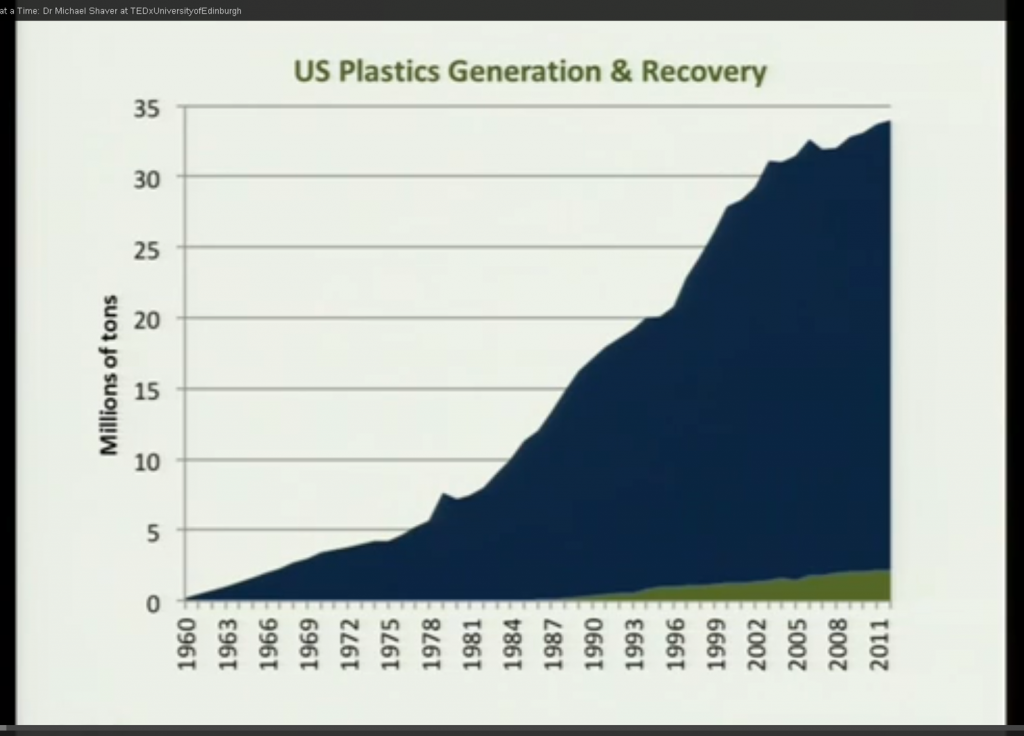University of Hartford, Wesleyan on Top 25 List: Most Literary Colleges in America
/
The University of Hartford and Wesleyan University in Middletown have been named as among The 25 Most Literary Colleges in America, by the website Flavorwire. The list focuses on “which universities are the most literary friendly — which ones have the best teachers, the most famous alumni, and have the best environments for their more bookish students.” Hartford and Wesleyan are the only Connecticut higher education institutions to make the list.
In describing the University of Hartford, the website noted that “While its neighbors in New York and Massachusetts might carry more name recognition, this school was originally founded by a group of the city’s upper class citizens during the Gilded Age, including Olivia Langdon Clemens (Mark Twain’s wife) and Harriet Beecher Stowe.”
Wesleyan University and the University of Hartford - both listed among the top ten on Flavorwire’s “Most Literary Colleges” list – are surrounded on the list by  schools including Princeton, Harvard, Columbia, the University of Chicago, and many other prestigious institutions.
schools including Princeton, Harvard, Columbia, the University of Chicago, and many other prestigious institutions.
The website goes on to say that the University of Hartford “has a strong English department,” and it notes that the University “has given the Edward Lewis Wallant Award out to authors like Nicole Krauss and Dara Horn.” The Wallant Award, presented each year by the University’s Greenberg Center for Judaic Studies, is one of the oldest and most prestigious Jewish literary awards in the  United States.
United States.
In describing Wesleyan, the website noted that it is “One of the Little Ivies that is really big on books, V. S. Naipaul and T. S. Eliot both taught at this school that overlooks the Connecticut River, and with a list of writers like Daniel Handler (Lemony Snicket), Ayelet Waldman, Steve Almond, and many others, Wesleyan is without a doubt a writer’s college. “
New York-based cultural blog Flavorwire covers art, music, books, film, and design, seeking to connect viewers of the website with inspiring culture. It is part of Flavorpill Media, a community of writers, editors, developers, designers and sales and marketing creatives.
The top 25 most literary colleges in America, from Flavorwire:
- Princeton University
- University of Iowa
- Brooklyn College
- Pomona College
- University of Hartford
- Wesleyan University
- Sarah Lawrence College
- Oberlin College
- Williams College
- Vanderbilt University
- Smith College
- University of Mississippi
- New York University
- Colorado College
- University of Chicago
- Hamilton College
- Harvard
- University of Illinois at Champaign-Urbana
- Sewanee: The University of the South
- Emerson College
- University of Texas at Austin
- Columbia University
- Vassar College
- Bennington College
- The New School

















































